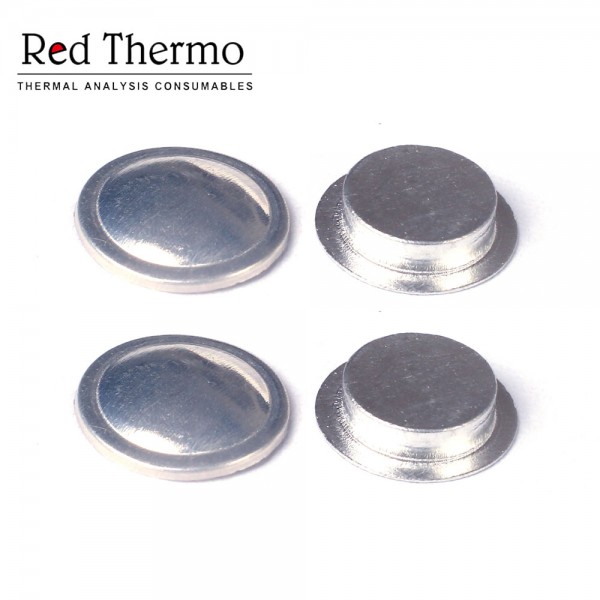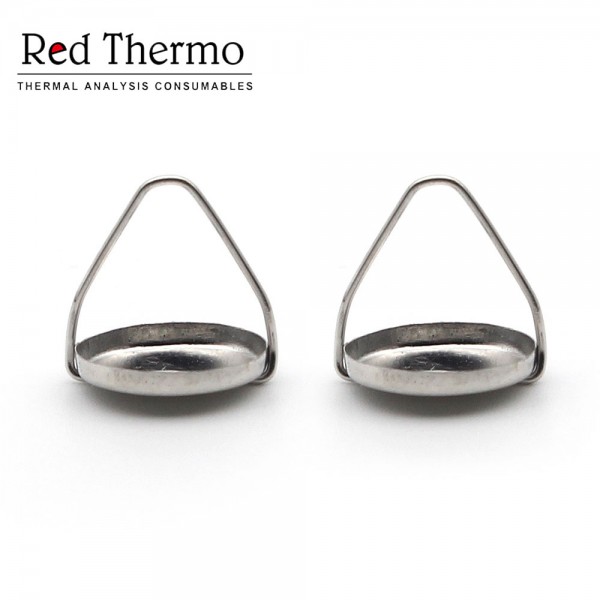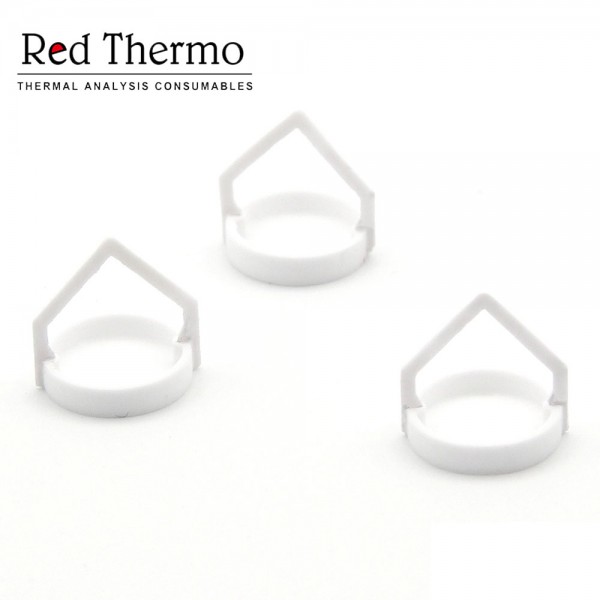Your cart is empty.
shop now
Your cart is empty.
shop now
Differential Scanning Calorimetry (DSC) is a powerful analytical technique that has found widespread applications across numerous industries. From materials science and pharmaceuticals to food technology and polymer engineering, the ability to accurately measure heat flow and identify phase transitions is crucial for understanding the behavior and properties of a wide range of materials.
The choice of thermal analysis crucible is a critical factor in ensuring accurate and reliable DSC measurements. Crucibles come in a variety of materials, shapes, and sizes, each with its own unique characteristics and suitability for different applications.
One of the most common types of crucibles used in DSC is the aluminum crucible. Aluminum crucibles are lightweight, inexpensive, and widely available, making them a popular choice for a wide range of applications. They are suitable for measuring the thermal behavior of organic compounds, polymers, and materials with relatively low melting points. However, aluminum crucibles have a limited upper temperature range and may not be suitable for high-temperature measurements.

Another widely used type of crucible is the platinum or platinum-rhodium crucible. These crucibles are more expensive but offer superior thermal and chemical stability, allowing them to withstand higher temperatures and more aggressive environments. Platinum crucibles are often used for the analysis of inorganic materials, ceramics, and high-temperature metals, where their ability to resist oxidation and maintain structural integrity is crucial.

Ceramic crucibles, such as those made from alumina (Al2O3) or zirconia (ZrO2), are another option for DSC measurements. These crucibles are highly resistant to thermal shock and can be used at extremely high temperatures, making them suitable for the analysis of refractory materials and high-temperature phase transitions. Ceramic crucibles are also inert and non-reactive, making them a good choice for studying the thermal behavior of sensitive compounds.
In addition to these common types, specialized crucibles have been developed for specific applications. For example, hermetically sealed crucibles are used to study the thermal behavior of materials under controlled atmospheres, while crucibles with lids or covers can be employed to prevent sample loss during high-temperature measurements.

In conclusion, the realm of thermal analysis crucibles is a multifaceted and crucial aspect of Differential Scanning Calorimetry (DSC) measurements, offering a diverse range of materials, designs, and capabilities to suit various research and industrial needs. By carefully selecting the appropriate crucible, scientists and researchers can ensure accurate and reliable DSC results, advancing their understanding of material behavior and properties across diverse fields. The ongoing development of specialized crucibles further underscores the evolving nature of this field, as technology continues to expand the boundaries of thermal analysis.